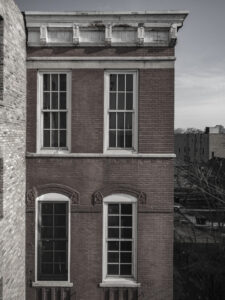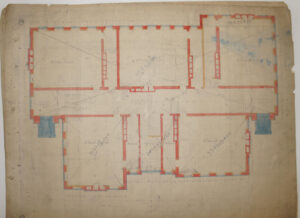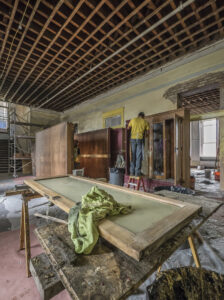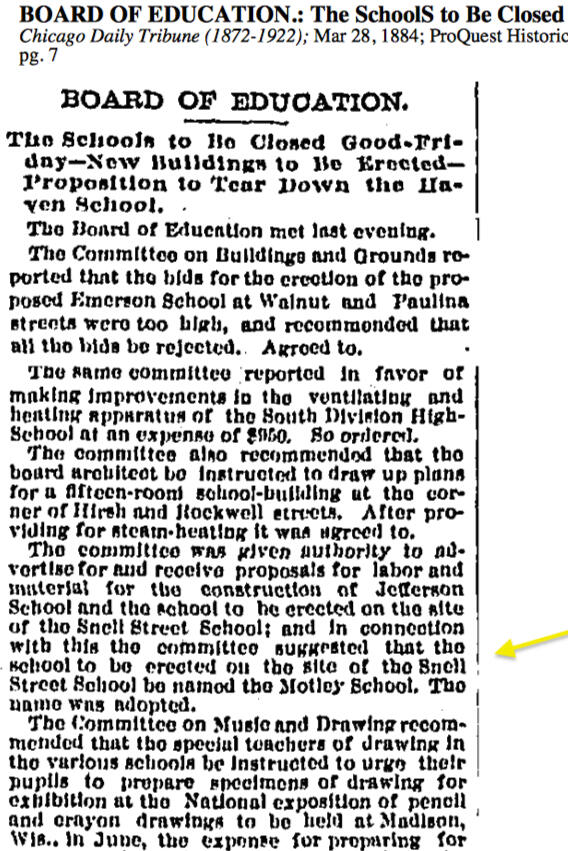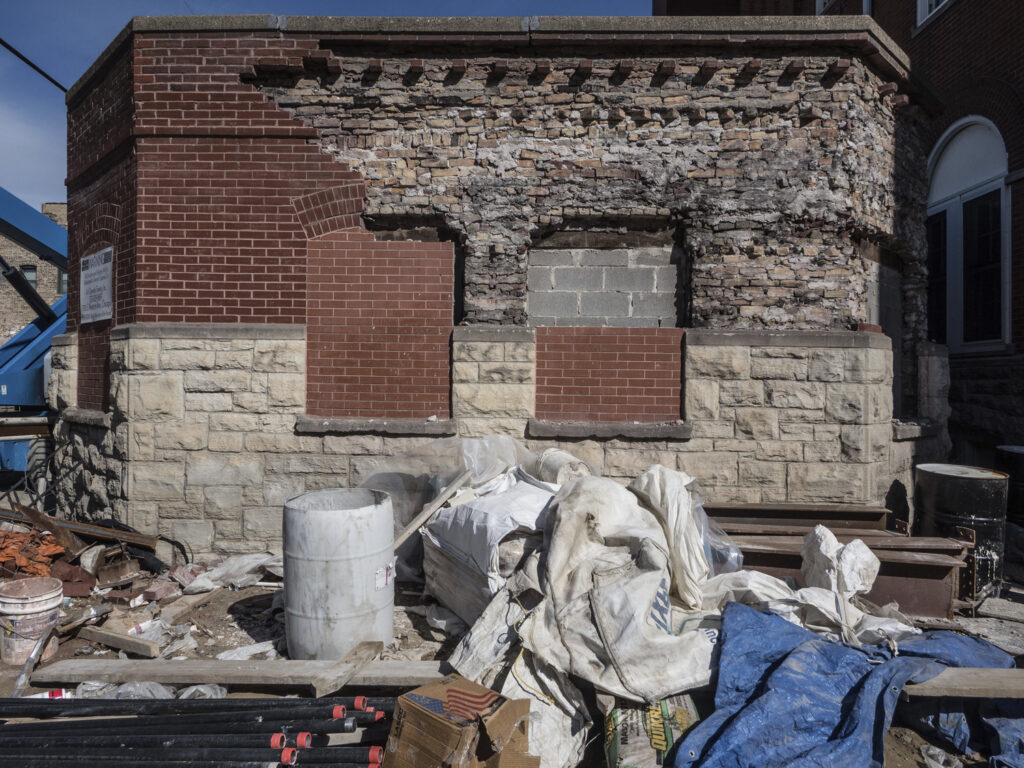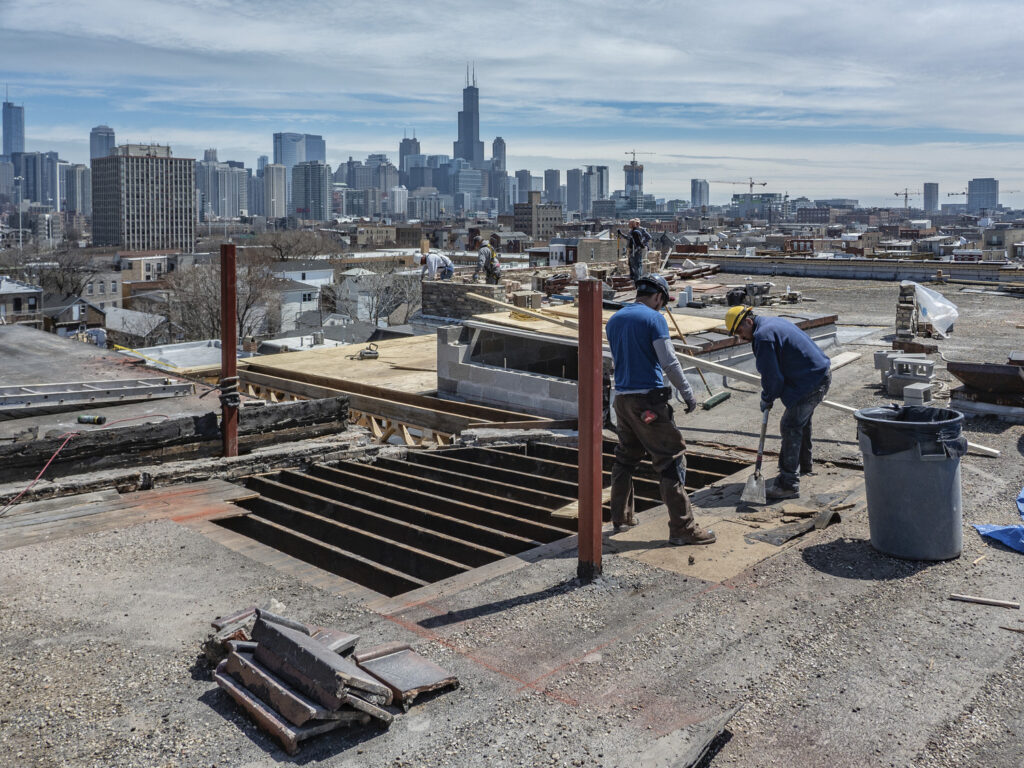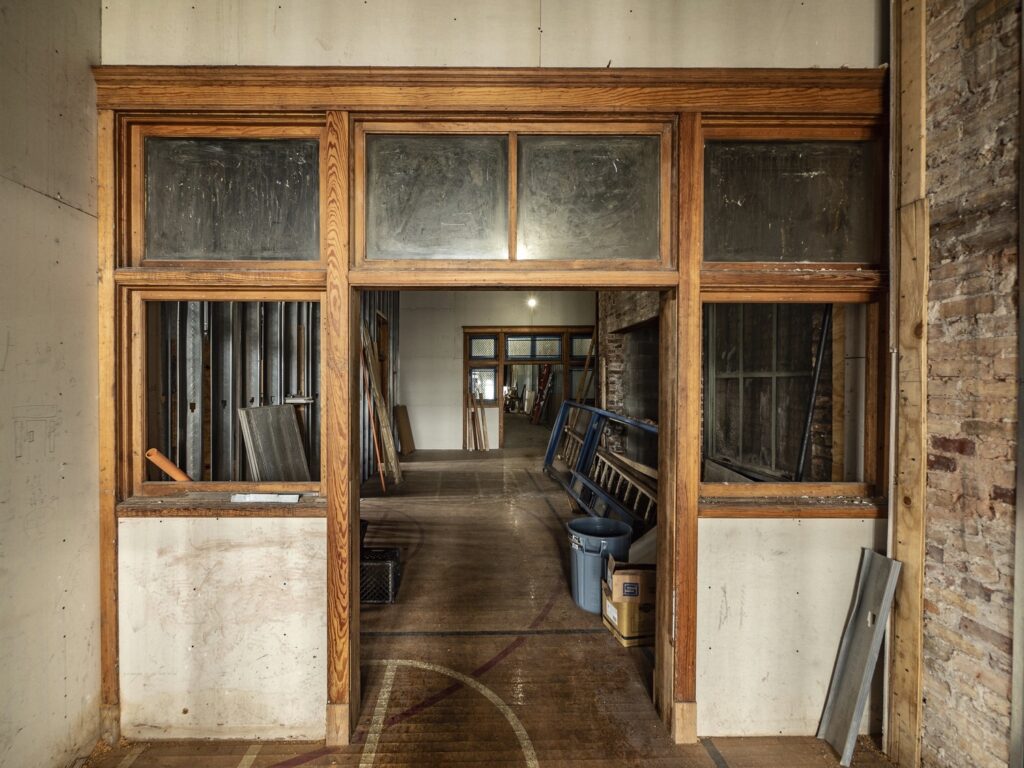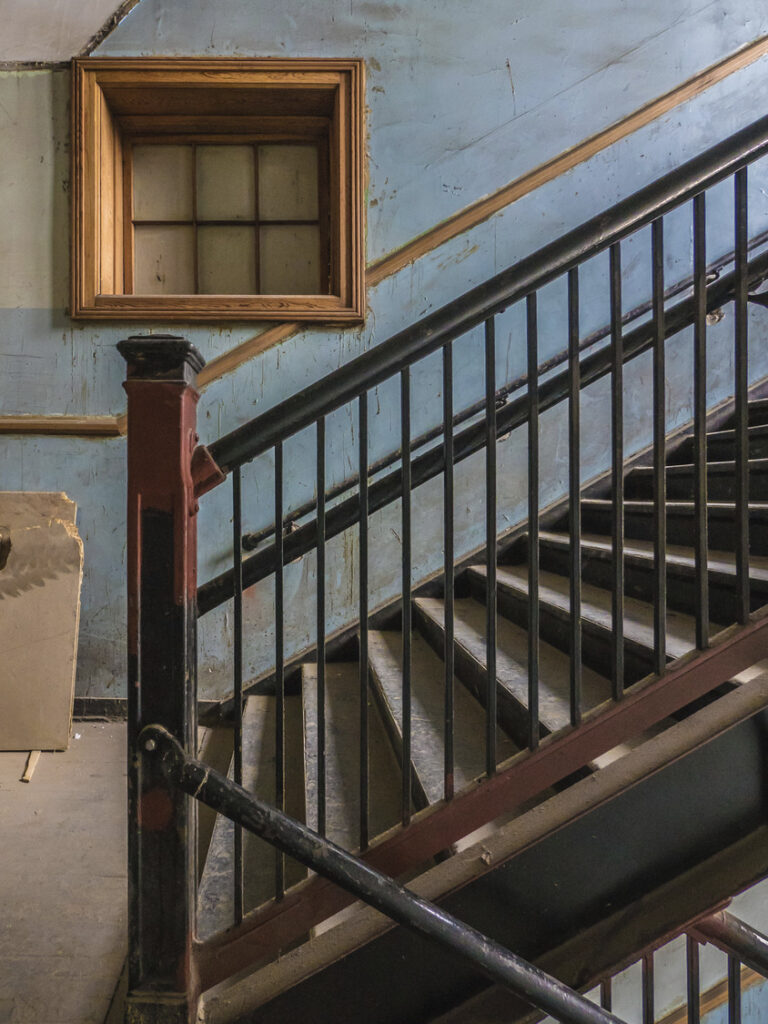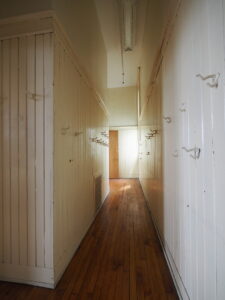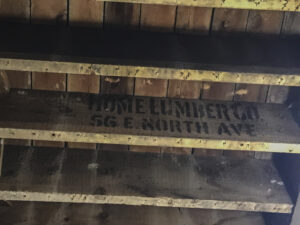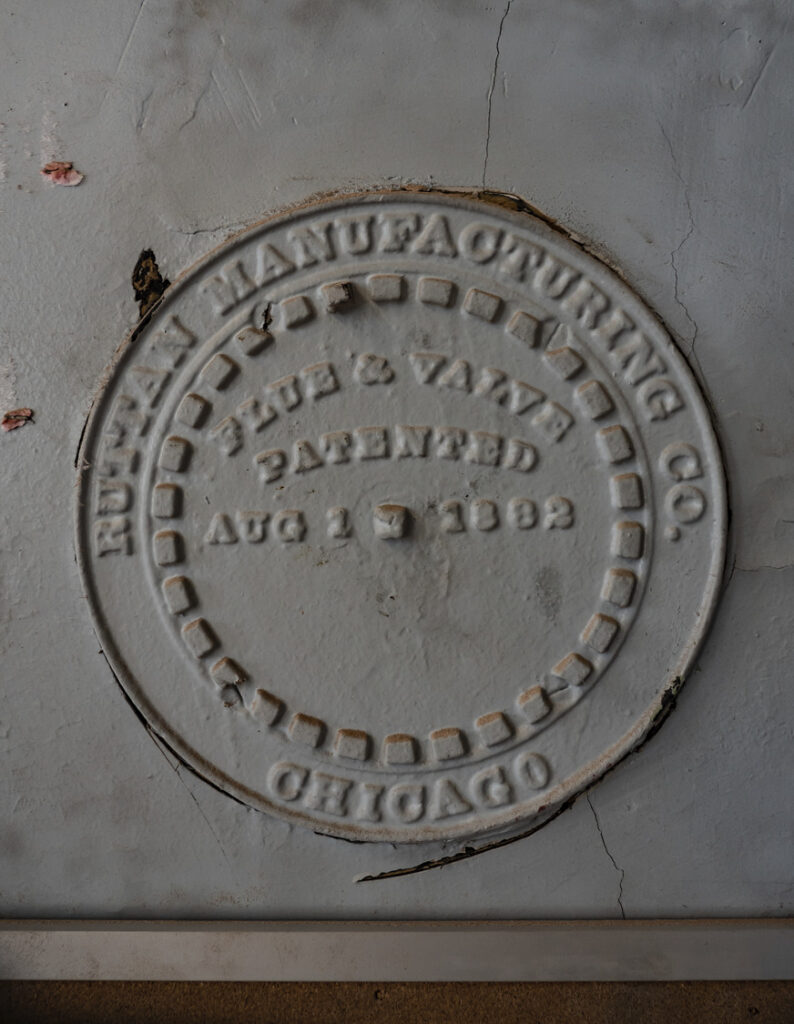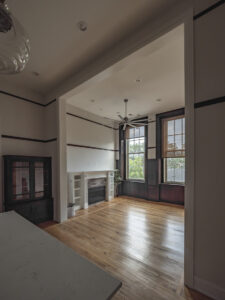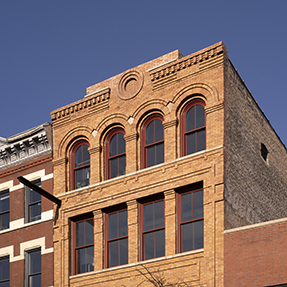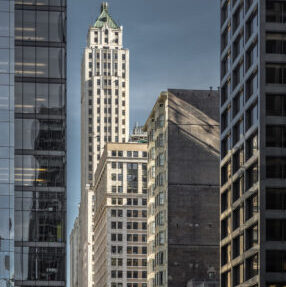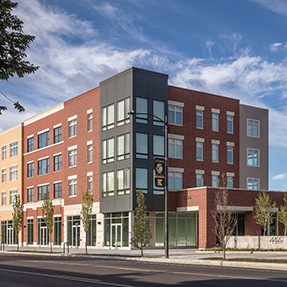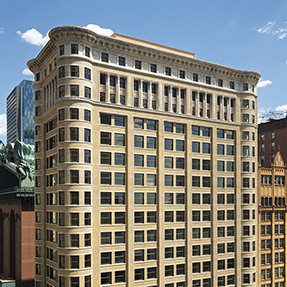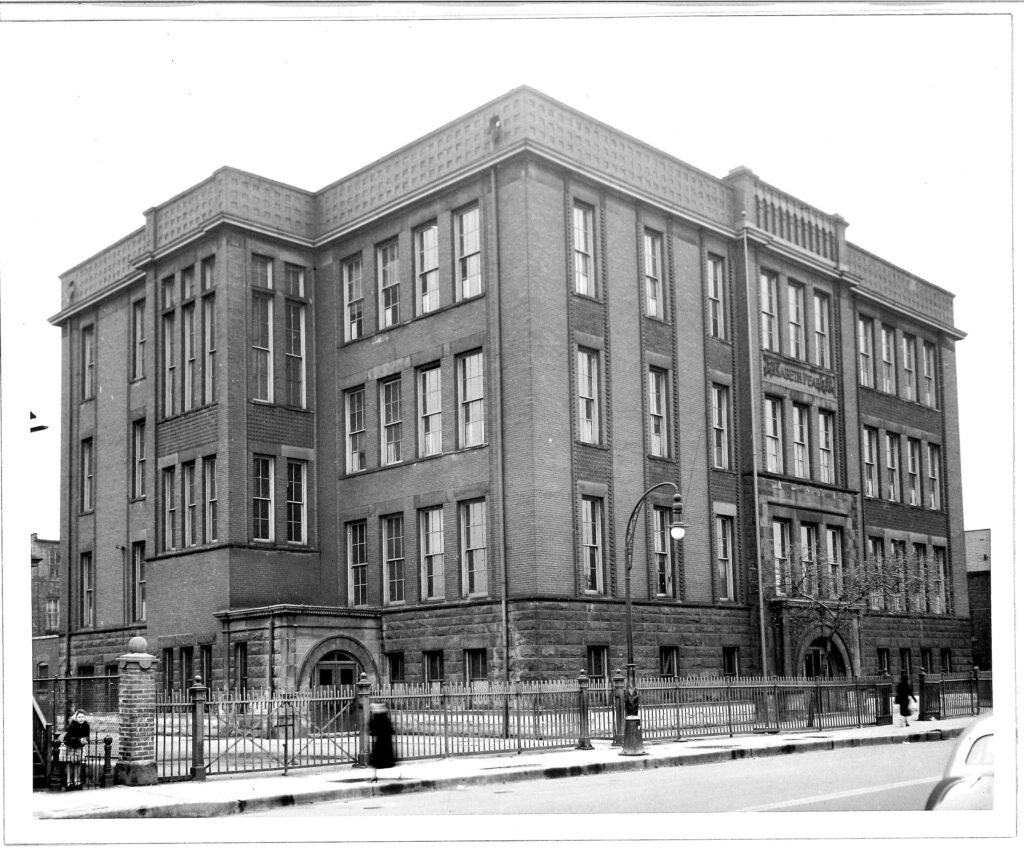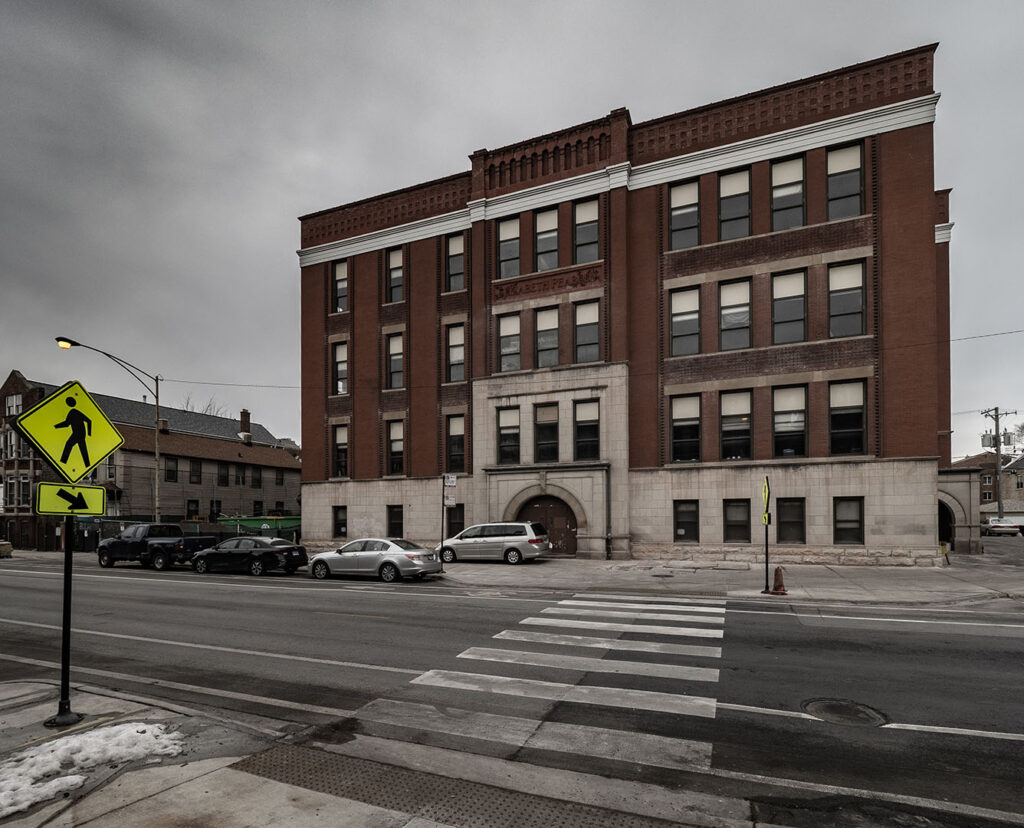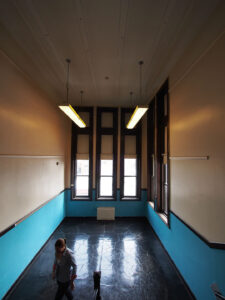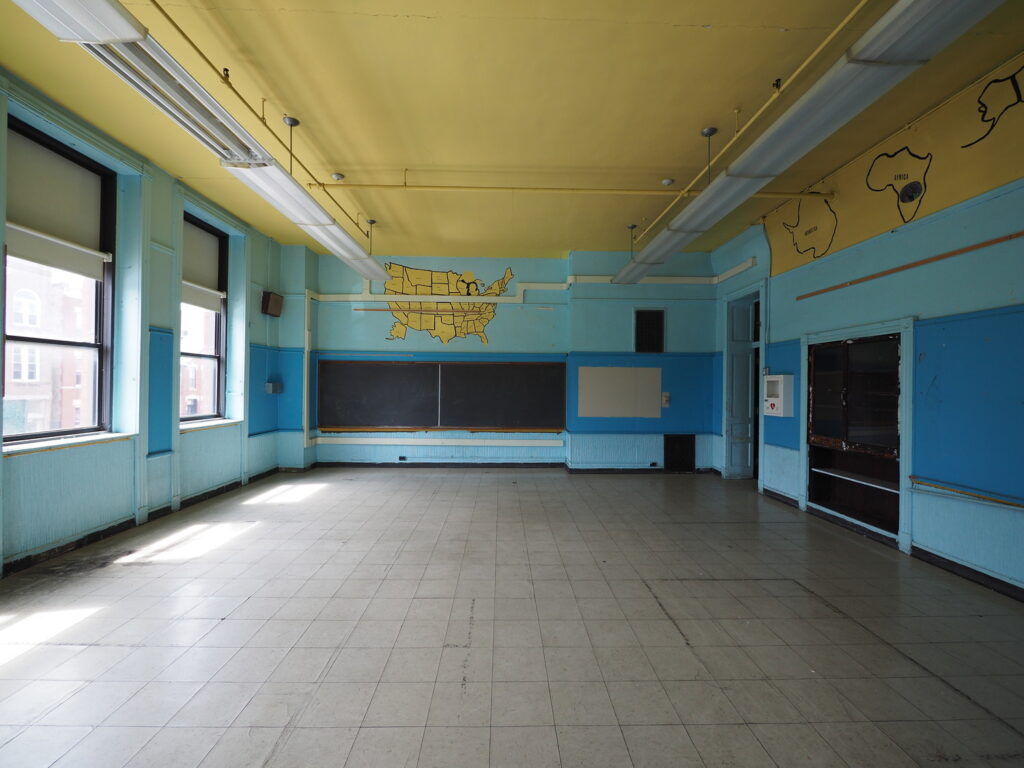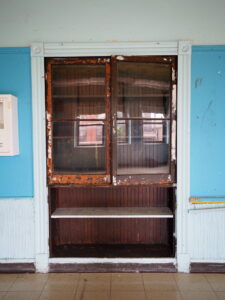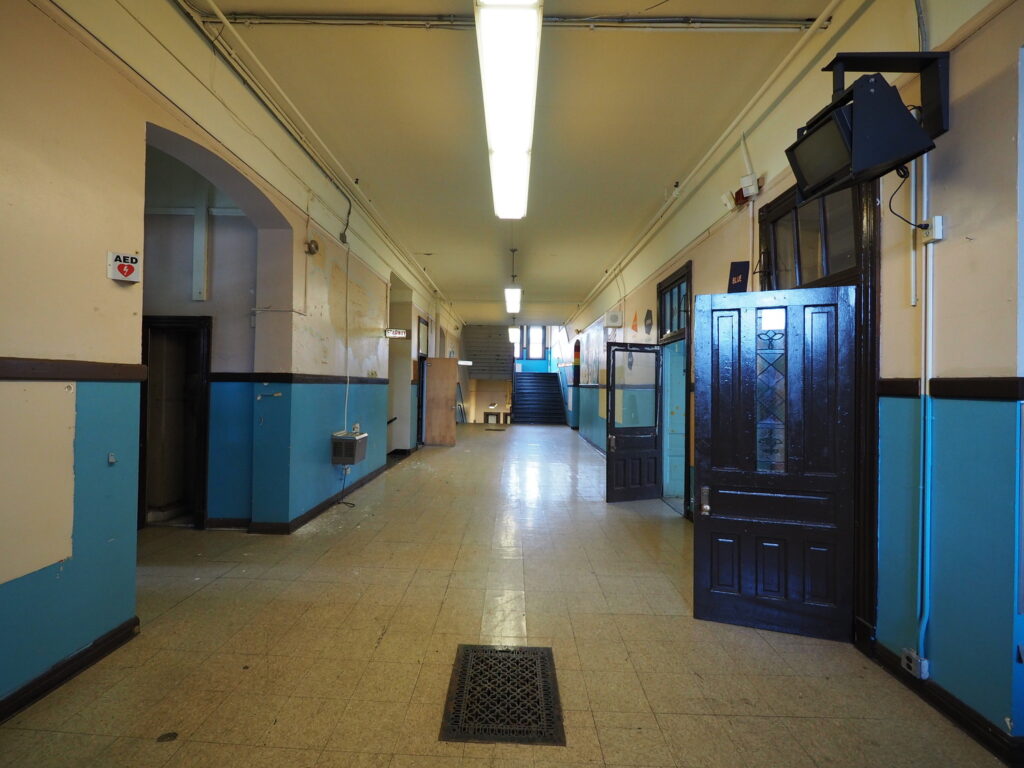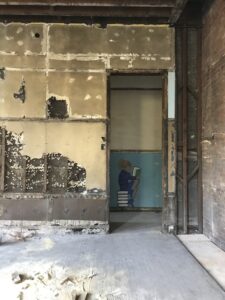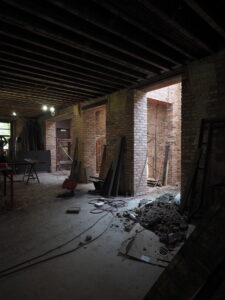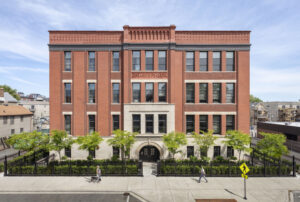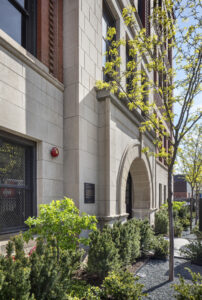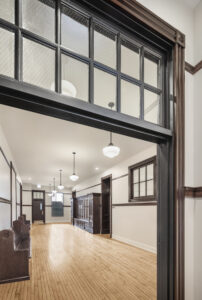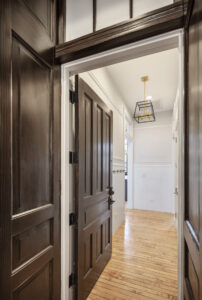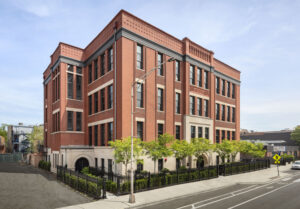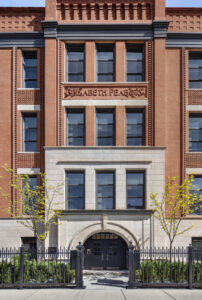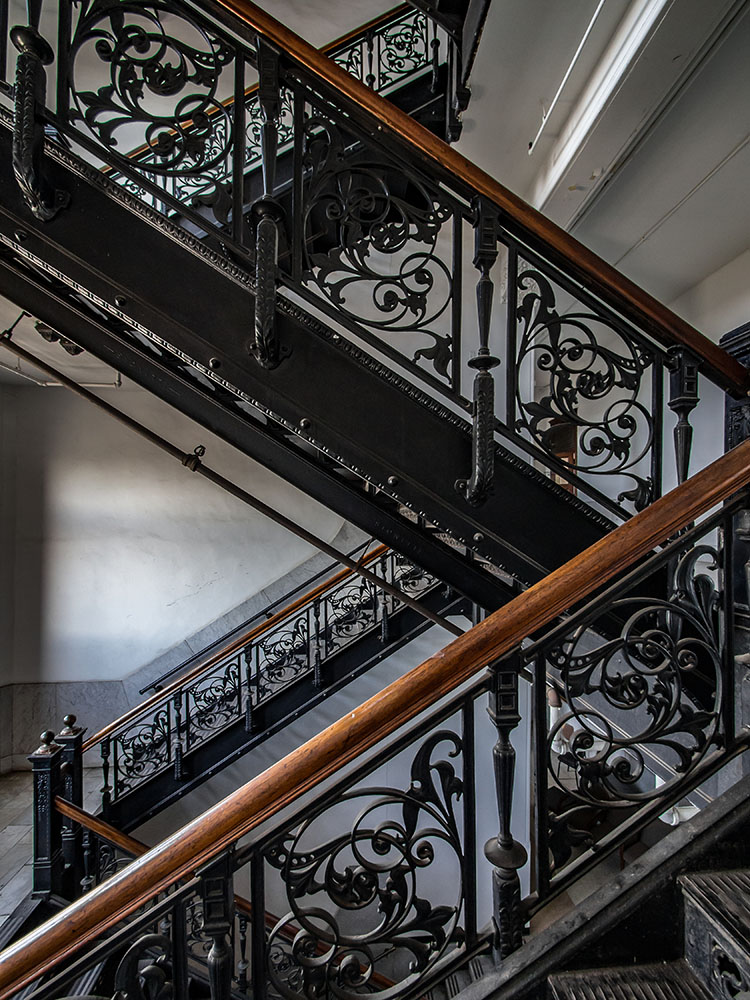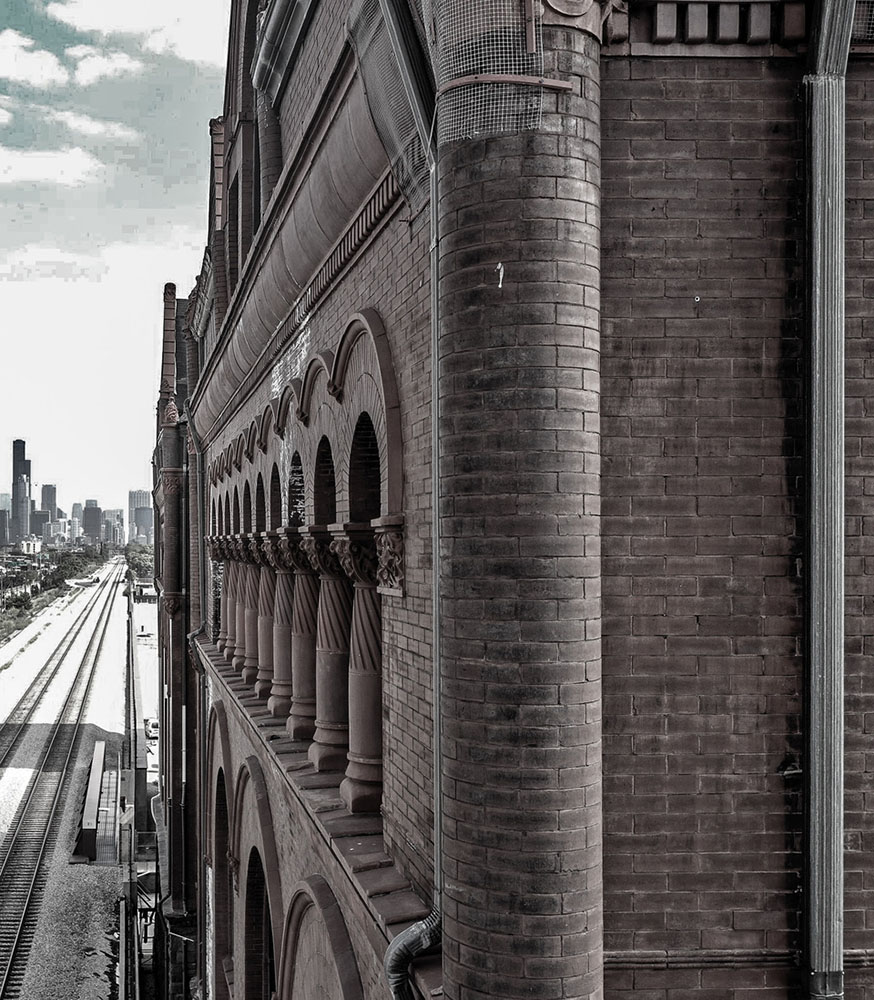SCHOOLS TO RESIDENTIAL: MOTLEY SCHOOL APARTMENTS
HISTORIC LANDMARK

Built in 1884 for the Chicago Board of Education, the Motley School is a historic four-story brick and wood building whose former classrooms, offices, and gymnasium have been converted to 34 residential apartments. Originally designed by architect John Flanders, the school’s ornate masonry facade, metal cornice, wood floors, millwork cabinets, chalkboards, and trimwork have been meticulously repaired and refinished. Together with the high ceilings and oversized windows, these fully renovated apartments retain the vintage schoolhouse charm while providing energy efficiency, security, and comforts of a state-of-the-art apartment. A dramatic skyline roof deck, private outdoor yards, independently controlled HVAC, available indoor parking, accessory storage, package valet, and pet-friendly apartments are among the available amenities of the Motley School Apartments.
CHALLENGES
In 2013, the City of Chicago sold to the highest bidder the closed Motley School after hosting a community review process to determine an acceptable new use. A multi-family use coupled to historic preservation of the building generates substantial income for the City in the form of purchase price, jobs to minority and Chicago resident workers and suppliers, contributes to the City’s Open Space fund for public parks and provides ongoing tax revenue. Rejuvenation of a neighborhood icon, landscaping of the street and returning of an abandoned building to productive use are among the many benefits to the public.
EXEMPLARY PRESERVATION
The project salvaged and reused a substantial amount of the building components and historic fabric in order to maintain its original identity. The development team salvaged cabinets, doors, slate chalkboards, principals office files, windows and even the maintenance shop’s original maple workbench. Re-purposed discarded elements from other period schools was sought incorporated for period authenticity and material matches.
RELATED NEWS + INSIGHTS


